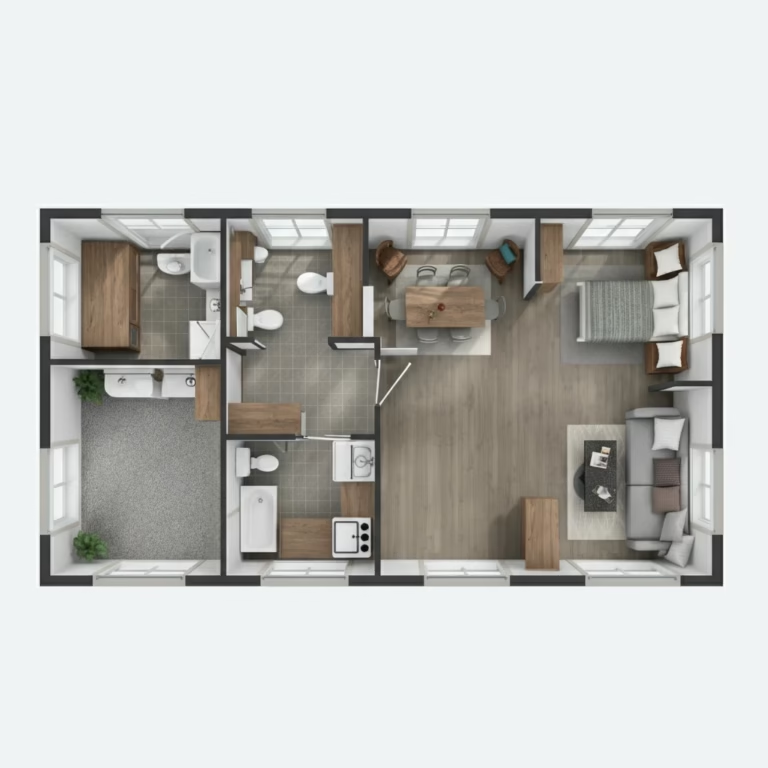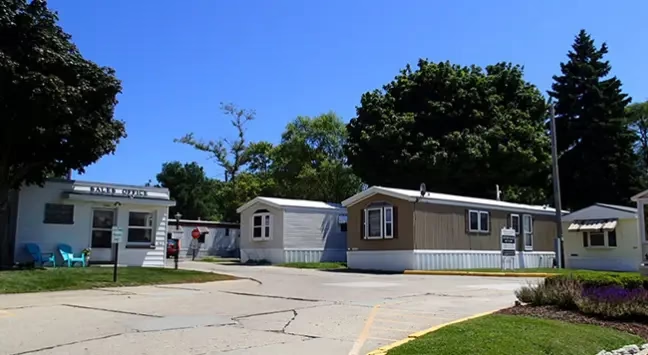1997 16×80 Mobile Home Value Used: A Comprehensive Guide
Introduction
Buying or selling a used mobile home can be a thoughtful and rewarding decision—but understanding its true market value is essential. Mobile homes, like any other asset, depreciate over time, influenced by factors like age, condition, and location. If you’re specifically looking into the 1997 16×80 mobile home value used, determining its worth accurately will help you make smarter financial decisions. Knowing the value of a mobile home allows sellers to set realistic prices and empowers buyers to negotiate confidently or spot undervalued gems.
This article dives deep into the factors that affect the price of a used mobile home, tools for estimating its value, and tips for navigating the buying or selling process. We’ll explore how 1997 models stack up against similar years, like the 1996 16×80 mobile home value or 1992 mobile home value, and analyze broader trends, including the value of a 25-year-old mobile home.
If you’ve wondered about resources like the Used mobile home value price guide free or calculators such as the NADA mobile home value, this guide offers clarity and actionable insights.
Factors Affecting Mobile Home Value
Several key factors influence the value of a used mobile home. While a 1997 16×80 mobile home may be out of production, its worth depends on more than just its year of manufacture. Here are the major considerations:
1. Age
Age is one of the primary factors in determining value. Mobile homes typically depreciate faster than traditional homes. A newer mobile home is generally more valuable compared to an older unit, but upkeep plays a huge role. Twenty-five years, such as a 1997 model, tends to represent a stage where depreciation slows, and the home’s condition and maintenance history become more critical.
Comparisons to other years, like the 1992 mobile home value or 1977 mobile home value for sale, show that earlier models often have less appeal unless they’ve been extensively updated. The 1996 16×80 mobile home value, however, shares similar pricing trends due to proximity in age.
2. Condition
Well-maintained mobile homes with no structural issues hold greater value. Damaged roofs, poor insulation, or plumbing and electrical problems can significantly lower the asking price. Updated interiors (new flooring, modern kitchens) and solid exteriors (rust-free siding, stable chassis) also add to the overall appeal.
3. Size and Layout
The 16×80 layout is fairly common, making it a popular choice for its balance between square footage and affordability. Larger mobile homes (like multi-section models) generally command a higher price, but smaller, efficient layouts hold their value when well-designed.
4. Location
The placement of the mobile home matters. Units located in desirable parks, communities, or regions tend to be worth more. Similarly, transportable homes located within easier access to urban centers may have higher perceived value. Local market demand plays an equally critical role in influencing prices.
5. Market Demand
Just like traditional real estate, mobile home values fluctuate based on regional demand. If there’s high demand for affordable housing or mobile homes in your area, like rural or rapidly developing locations, a 1997 model may secure a higher valuation.
Understanding these factors offers insight into the price range you might expect for a used mobile home.
How to Determine the Value
Determining the exact value of a used mobile home like a 1997 16×80 model doesn’t have to feel overwhelming. With the right tools and resources, you can arrive at a fair price, whether you’re a buyer or seller.
1. Using a Pricing Guide
A Used mobile home value price guide free is a good starting point. You can find several online guides that provide baseline values based on the year, make, and model. These guides allow for a quick overview but don’t account for unique aspects like condition or location.
2. Value Calculators
Online Used mobile home value calculators offer more specific insights. These tools allow you to input details like the home’s age, size, features, and location. The results can give you a better sense of your mobile home’s current worth. However, calculators vary in reliability, so make sure to use reputable platforms.
3. NADA Mobile Home Value Guide
The NADA mobile home value guide is among the most reliable tools for calculating used mobile home values. It’s comparable to Kelley Blue Book for vehicles, offering a comprehensive database of mobile home specifications. While it isn’t free, it provides accurate pricing estimates, factoring in depreciation, location, and unique features of the home.
These tools combined offer sellers a baseline for listing prices while providing buyers knowledge to negotiate effectively.
Table of Sample Values
Here is a reference table outlining estimated values of mobile homes from 1977 to 1997, including various models for context:
| Year | Model | Estimated Value |
|---|---|---|
| 1977 | 14×70 | $6,000 – $8,000 |
| 1982 | 16×70 | $10,000 – $12,000 |
| 1987 | 16×80 | $15,000 – $18,000 |
| 1990 | 14×70 | $12,000 – $15,000 |
| 1992 | 16×80 | $18,000 – $21,000 |
| 1995 | 16×80 | $22,000 – $25,000 |
| 1996 | 16×80 | $20,000 – $23,000 |
| 1997 | 16×80 | $23,000 – $27,000 |
| 2000 | 16×80 | $26,000 – $30,000 |
| 2005 | 28×80 | $50,000 – $55,000 |
Table Context
From this table, you can see that mobile homes steadily depreciate over time. However, a key observation is that well-maintained units, especially those with desirable layouts like the 16×80, tend to retain some of their value even after 25 years. The 1977 mobile home value for sale, for instance, would depend heavily on restoration efforts. Meanwhile, homes from later years, like 1997, are still viable options for budget-conscious buyers.
Value of a 25-Year-Old Mobile Home
One of the questions often asked is, “What is the value of a 25-year-old mobile home?” Generally, depreciation is a dominant factor. At 25 years, a mobile home may retain only 20-40% of its original purchase price. However, careful updating and maintenance can help it retain or even increase its value compared to similar models. A 1997 mobile home that remains in excellent condition may fetch a higher price than an average 1992 mobile home value, even if similar in design.
It’s recommended to evaluate the home’s structure, appliances, and utility systems (like HVAC) to estimate its worth accurately.
Tips for Buying or Selling Used Mobile Homes
Whether you’re purchasing or selling a used mobile home, these tips will maximize your results:
For Buyers
- Inspect Thoroughly: Before committing, evaluate the structural integrity, roof, plumbing, and electrical work.
- Compare Prices: Use calculators, guides, or local listings to ensure you’re paying a fair price.
- Negotiate Confidently: If the NADA Mobile Home Value is lower than the listed price, discuss reasonable adjustments.
For Sellers
- Fix Timing Issues: Address necessary repairs to increase appeal. Even minor upgrades help fetch better offers.
- Know Your Market: Research the local demand to set competitive pricing.
- Show Transparency: Provide paperwork (e.g., past maintenance and upgrades) to build trust with potential buyers.
Conclusion
Estimating the 1997 16×80 mobile home value used involves blending tools, market knowledge, and an understanding of depreciation trends. Factors like condition, location, and demand heavily influence pricing, but resources such as the NADA mobile home value guide, calculators, and pricing comparisons provide clarity. Whether buying or selling, understanding the historical context and unique traits of the mobile home is key to getting the best deal.
Vintage or modern, mobile homes continue to offer affordable housing solutions. Armed with this guide, you can confidently evaluate your options and make the right decision.






